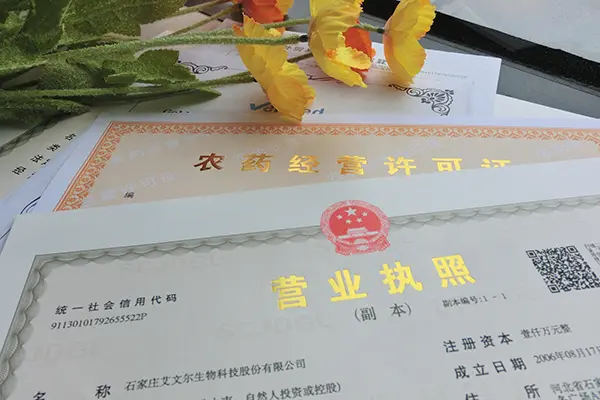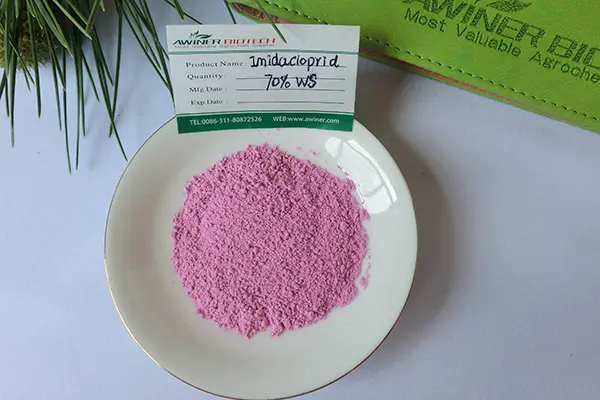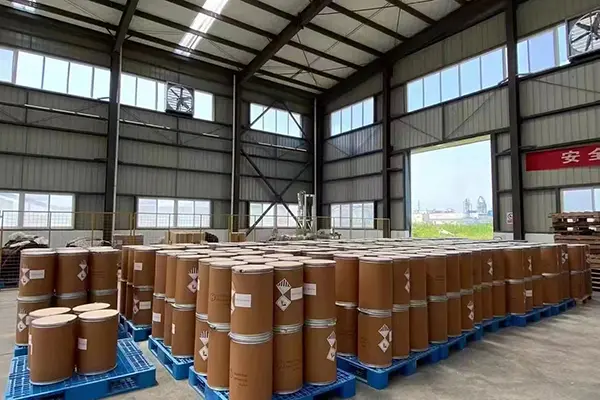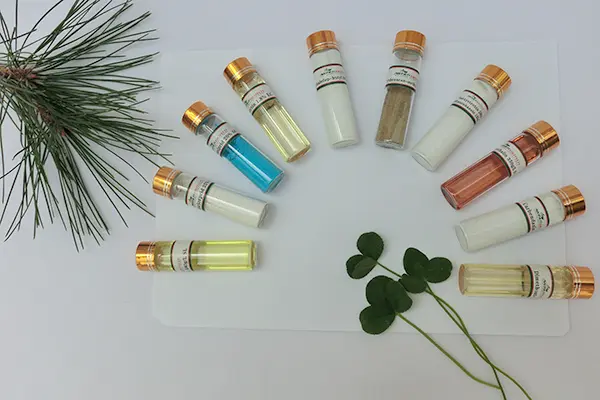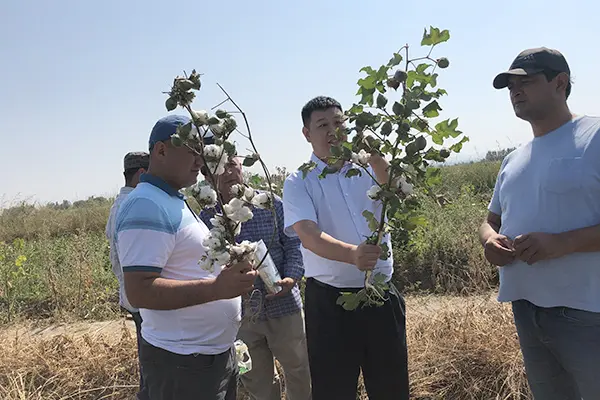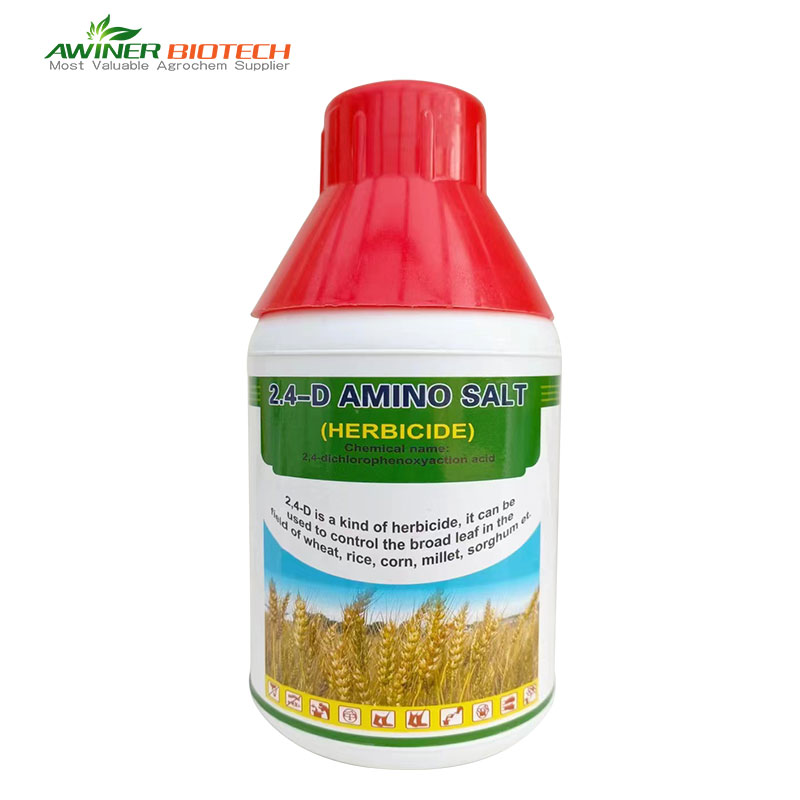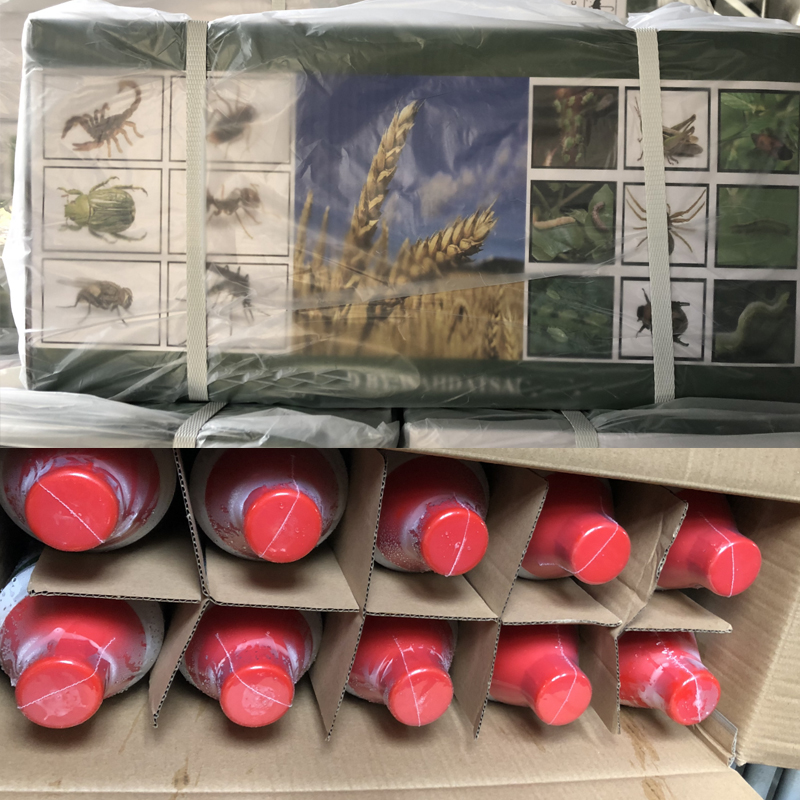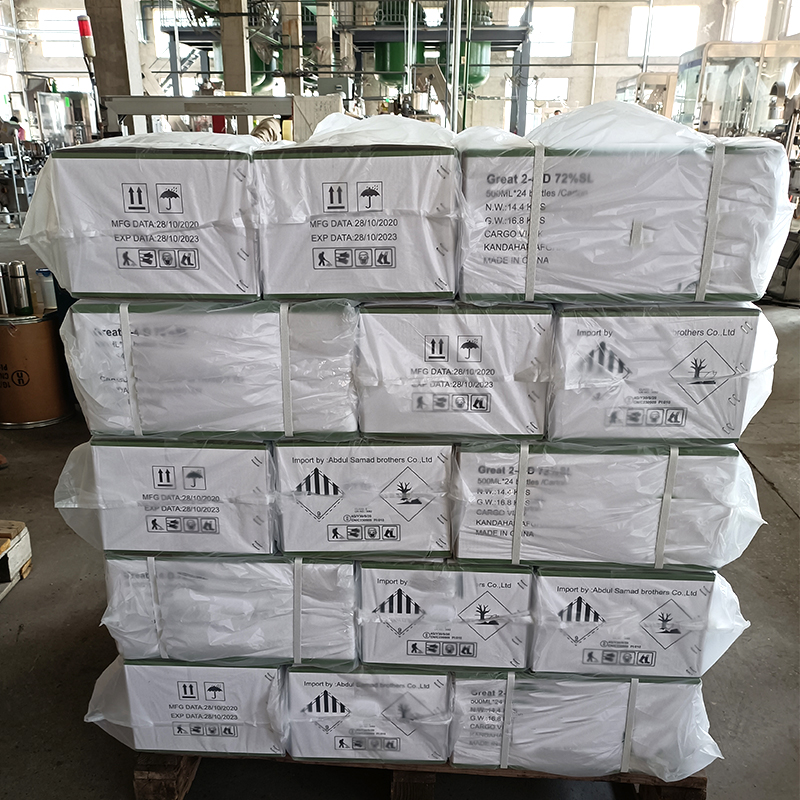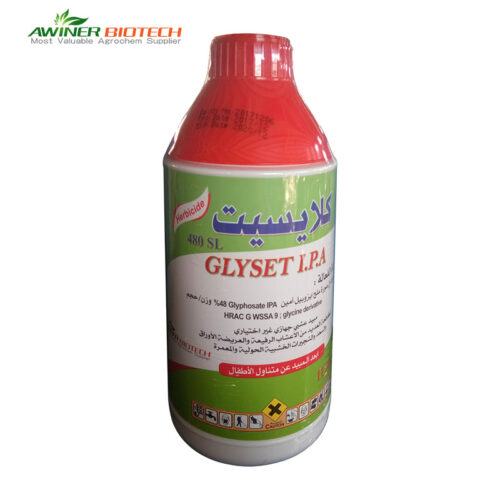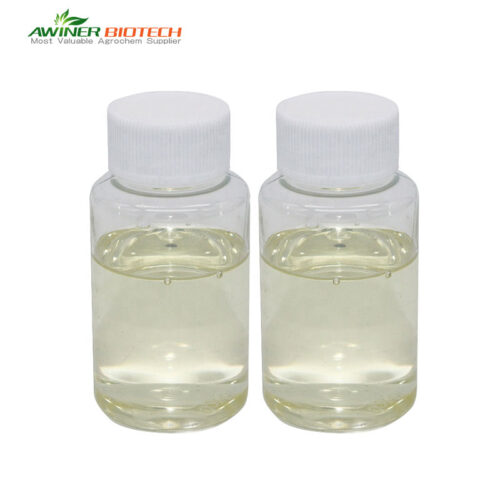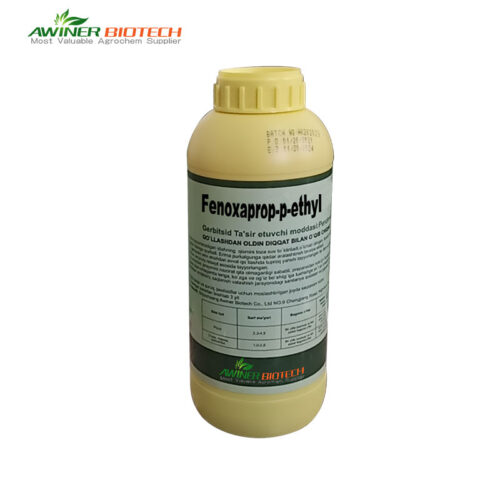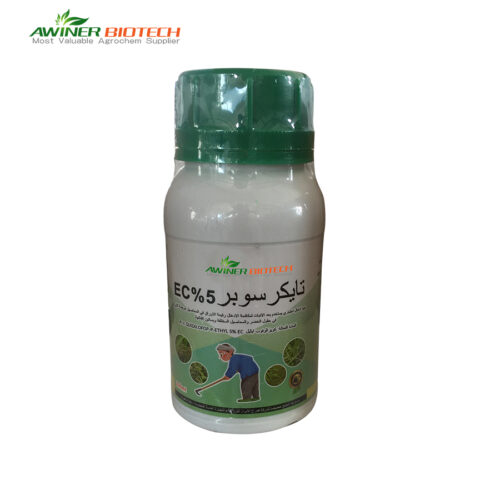2 4-d weed killer |
|
| Dosage form | 50% EC;87.5% EC;30% SC;57% EW |
| Packing | Liquid:50ml、100ml、250ml、500ml、1L、5L、10L、20L Solid:10g、50g、100g、250g、500g、1kg、5kg、10kg、25kg |
| Formulation/Label | Customized |
| Sample | Yes |
| Crop-Weed | Wheat field Corn field |
| Certification | SGS、 ISO 、BV |
| Delivery time | 20-30 days |
| Mixture products | |
| Payment terms |  |
2,4-D Herbicide: Effective and selective broadleaf weed control for lawns, gardens, and agricultural fields. Targets various weeds while protecting grasses. Available in liquid and granular forms.
Description of 2 4-d weed killer
2 4-d weed killer is a versatile and effective broadleaf weed control solution. It contains 2,4-Dichlorophenoxyacetic Acid, a selective herbicide designed to target and eliminate a wide range of broadleaf weeds without harming most grass crops. Ideal for use in agricultural fields, lawns, and gardens, 2,4-D helps to maintain healthy and productive plant growth by reducing weed competition. This product is available in various formulations, including liquid and granular forms, for convenient application.
Features:
- Broad-Spectrum Control: Targets a wide variety of broadleaf weeds.
- Selective: Effective on weeds while minimizing harm to desirable grasses.
- Flexible Application: Suitable for agricultural, turf, and garden use.
- Formulations: Available in liquid and granular forms for ease of use.
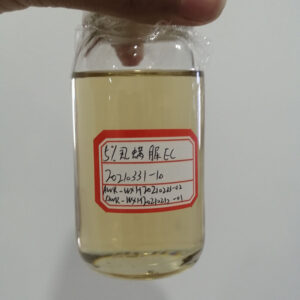 |
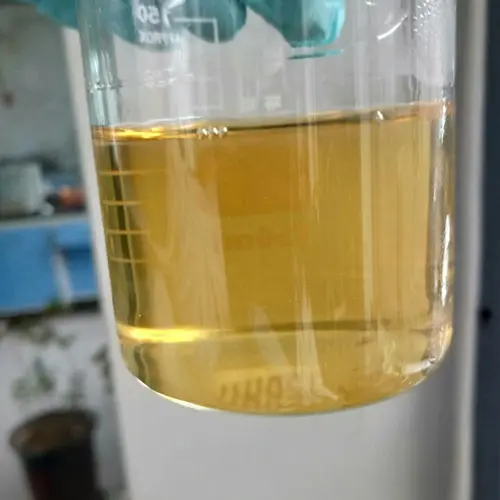 |
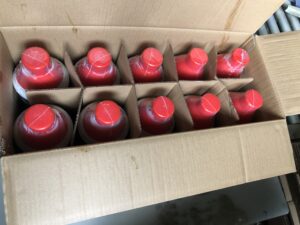 |
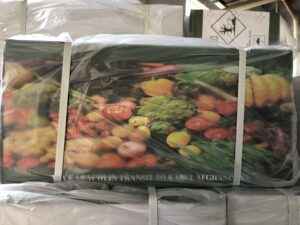 |
<About Awiner Biotech>
